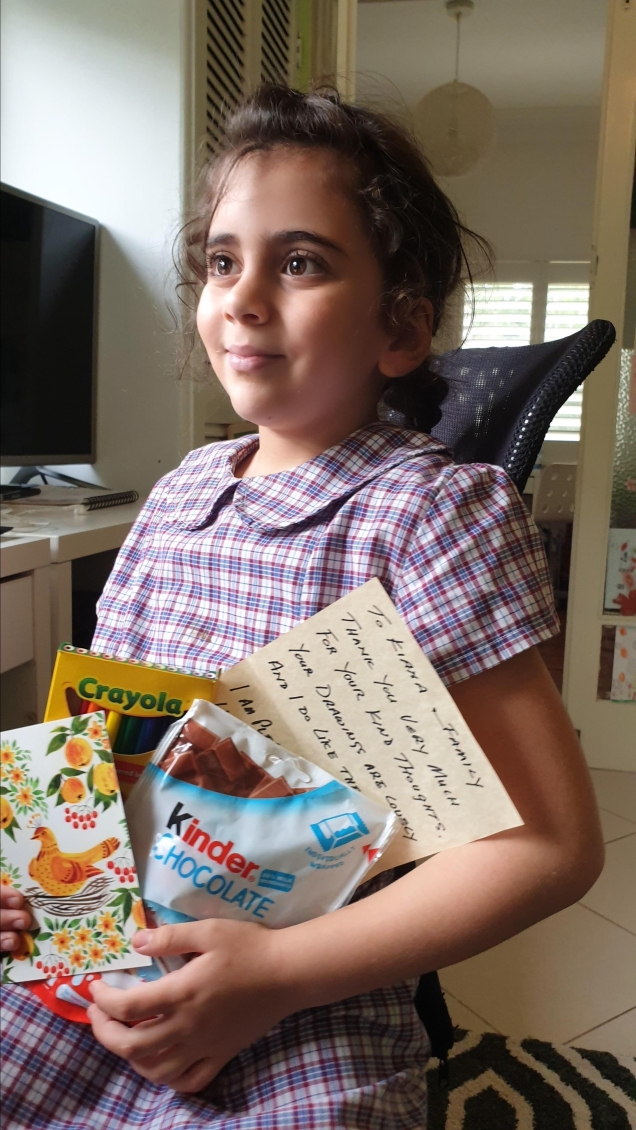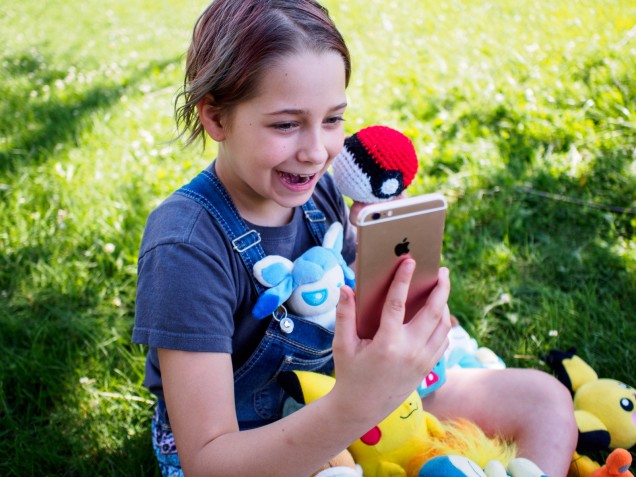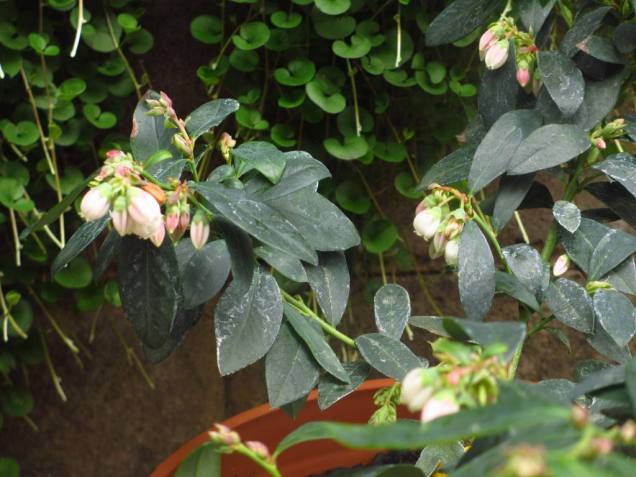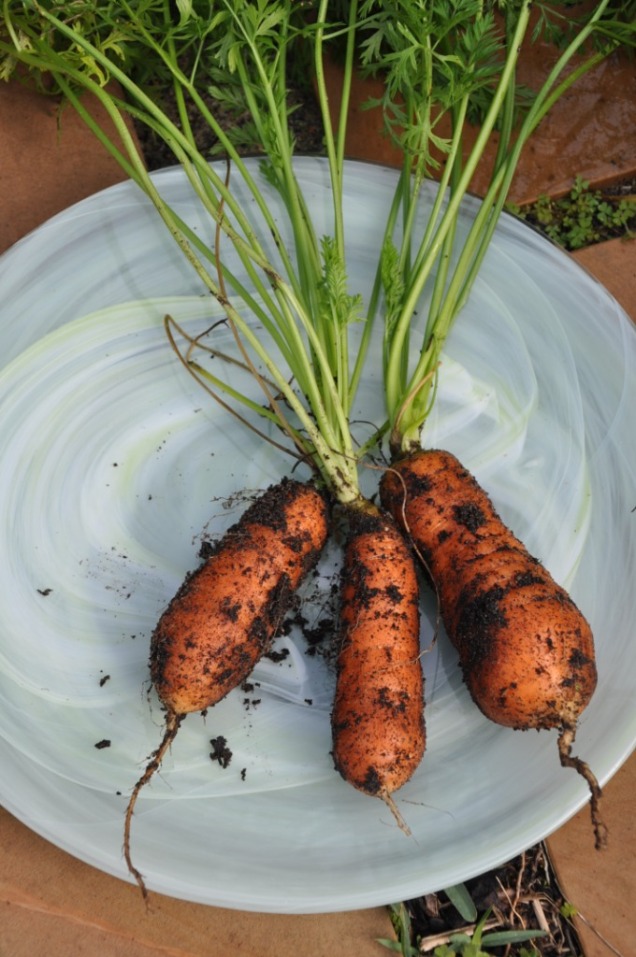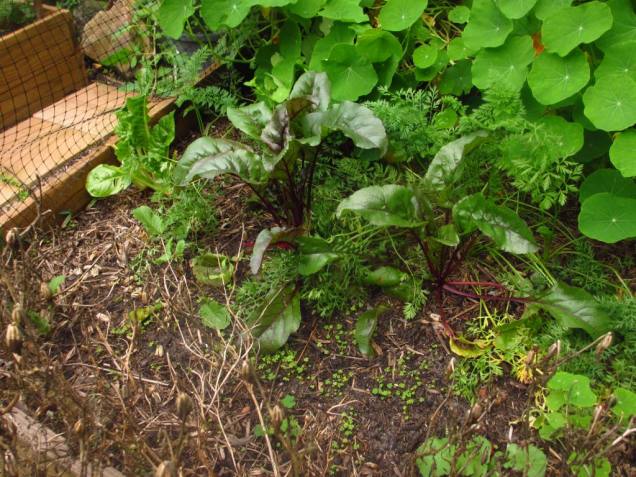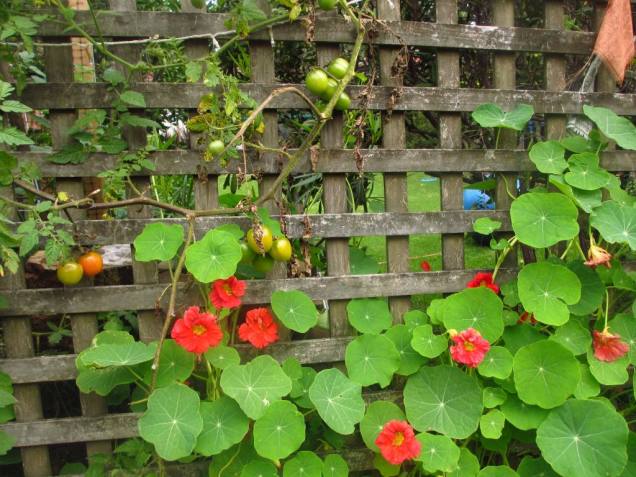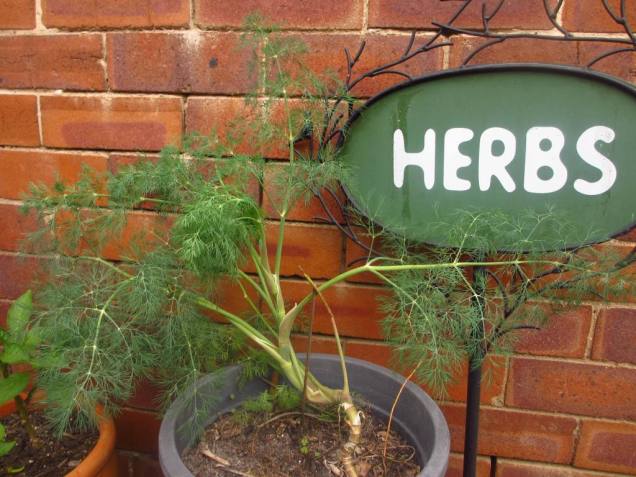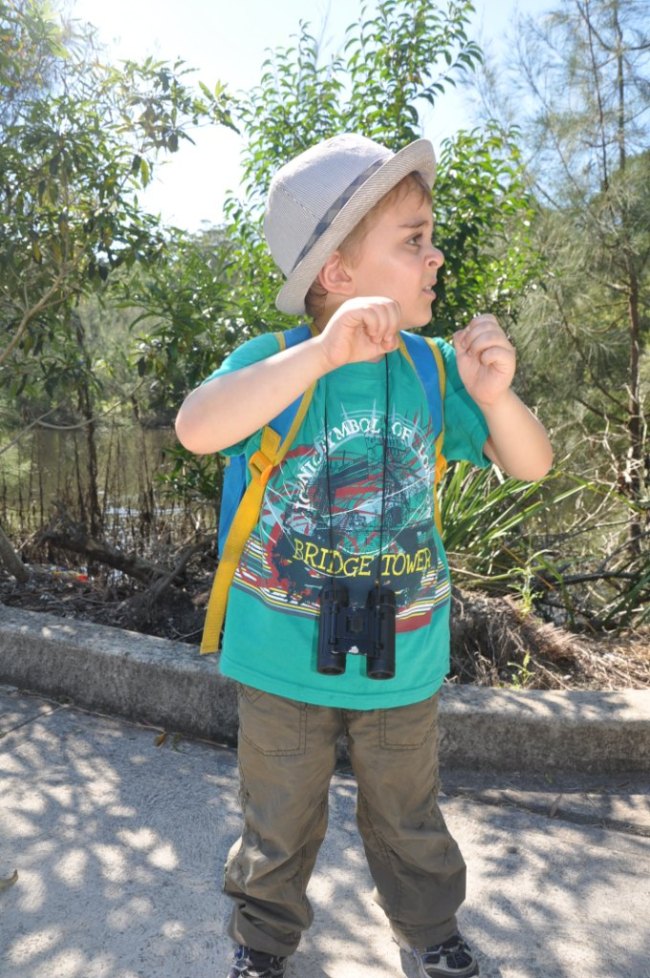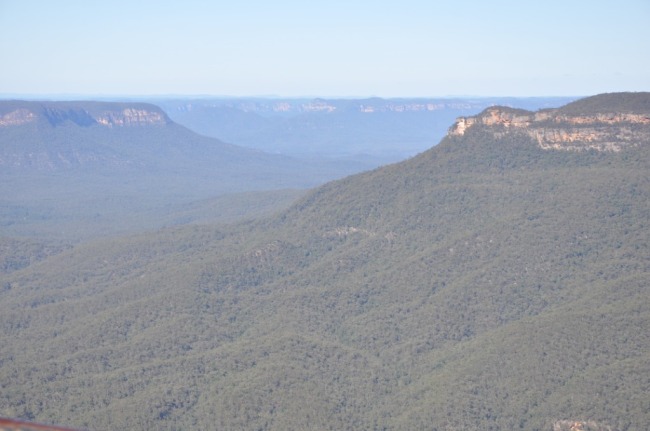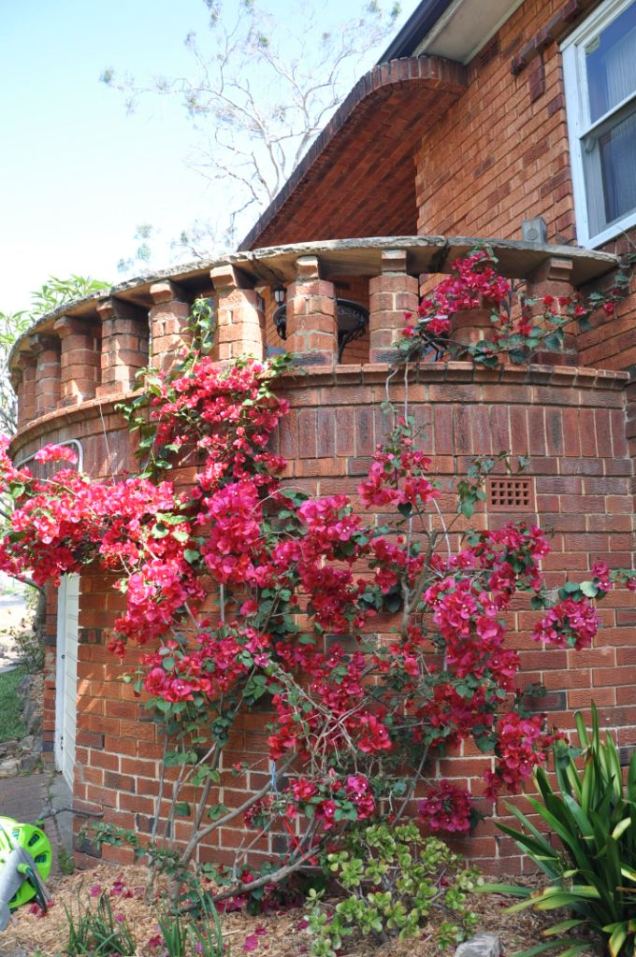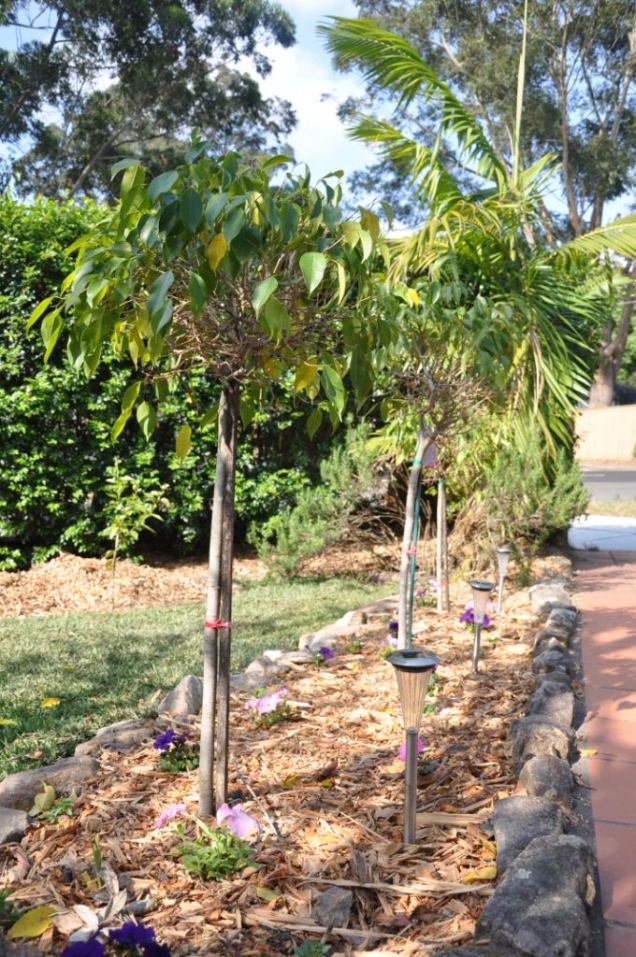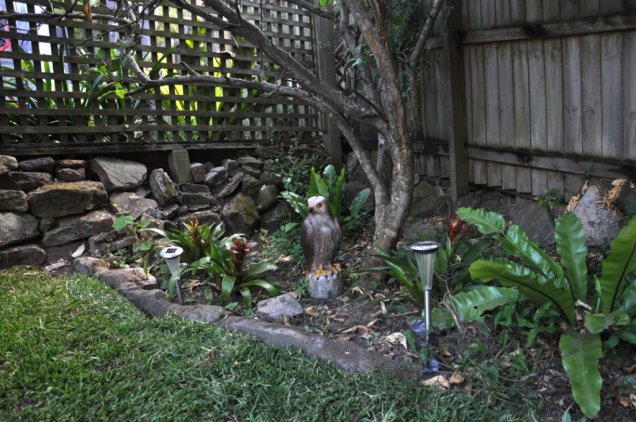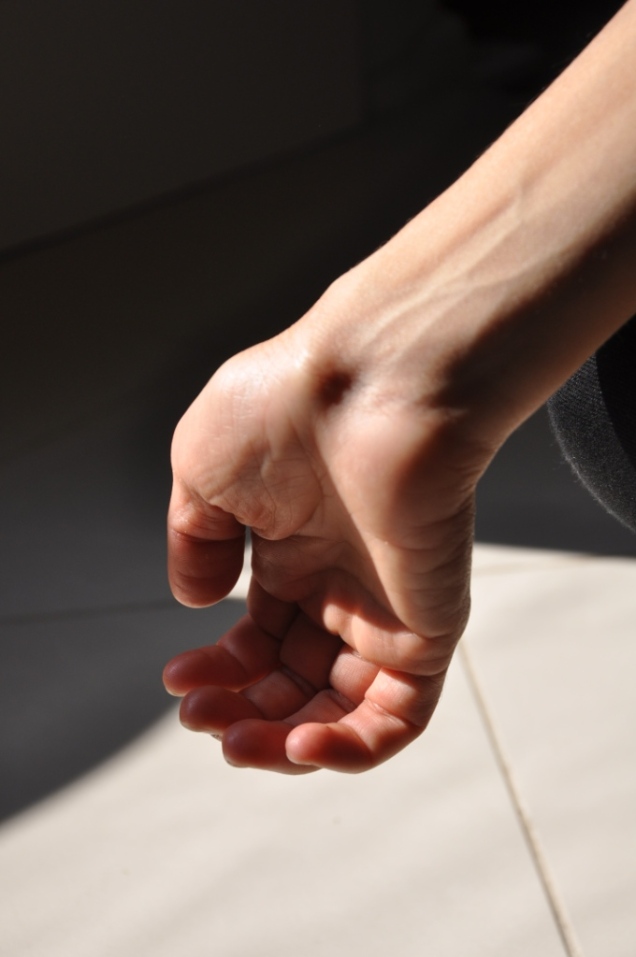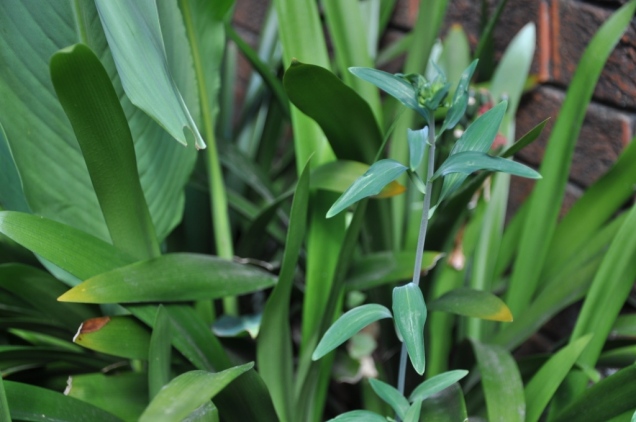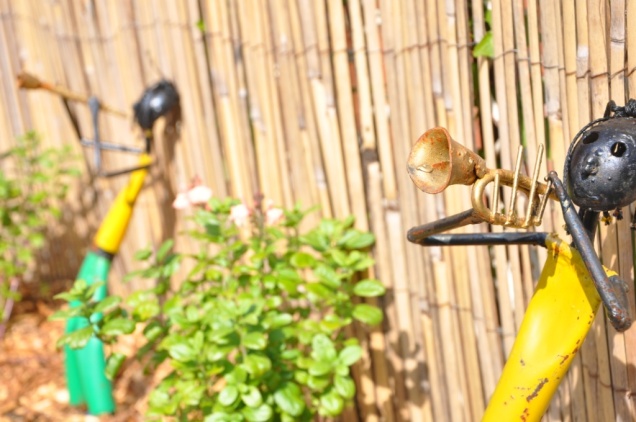Yesterday I was looking at a note pad. It was my ‘to do’ list and aspirations for 2020. On the list were the usual things like eat well, exercise and ‘be in the moment’. Amongst the list was also my holiday plans for the year – camping, going to a coastal property and even skiing. Little was I to know that my world and that of everyone else on the planet was going to be turned upside down within a few months by a global pandemic.
I’ve spent the last five weeks at home with my kids and to be honest it’s been a whirlwind of setting up new routines and keeping my children happy and positive. It is only now that as I look to more weeks in physical isolation, that I start to chart a way forward to maintain the initial level of vigilance. The initial level was really a must – cases were going up – we were all scared and in shock.
Having come out of a horrific six months in Sydney plagued by a sense that the world was teetering on a precipice due to the devastating bushfires I already felt emotionally raw and carried a deep sense of sadness and anxiety. Many a time did I spend in tears at the state of the world and most of that really was about the sense that much of what I was seeing play out I knew would happen in a climate emergency situation. It really was the worst nightmare of many people who have worked and been active in environmental causes. I sensed like I’d failed future generations. That maybe I didn’t try hard enough.
So to so quickly have to deal with this health crisis was a shock. I have to say that the main thing I’ve been heartened by is that the government did take action and people listened. Well that is until I’m sensing this last week. We’ve breathed a sigh of relief as the curve in Australia has indeed flattened. What I am sensing now though is concerning, is that people are starting to not listen as much to the health advice. So my blog today is really about me sharing my tips on how to survive the next month or so as we try and keep the curve flattened and hopefully not have a second wave which will completely undo all of the hard work done to date.
So what’s kept me sane and the family fairly happy these last five weeks?
Stay Healthy
Now more than ever, it’s important to take care of ourselves. I start each working day with an early morning walk. It keeps me away from crowds, it’s quiet and tranquil and amazing to see the sun rise every day.
I also go running and do yoga. This is also extending to my children. Each of their school days (even if this is at home) starts with a walk around the block in the morning and afternoon. It’s a way of mentally opening and closing the school day. This is all in our local area which I know I’m lucky is a lovely part of the world surrounded by trees.
There are loads of online exercise classes if you can’t get outside, these are just some (please take care when exercising at home):
Cosmic Yoga for Kids – highly recommended. My kids have been doing this for years and love it.

Connect with nature
I love nature and one of the blessings of the recent shut downs has been that I have more time on the weekend where I can take my children on a bushwalk. We do a different bushwalk every week and through it we’ve really discovered places on our doorstep and within our neighbourhood. It’s been great. My kids started off by moaning a lot when we would want to go out and while tearing them away from another day in their pyjamas is still met with a groan, they’re actually getting a lot out of it. They’re taking photos and really exploring and looking deeply at nature, the trees, the bugs, leaves and branched and listening to the trickle of a creek or waterfall. This is one of my favourite things to do. I’ve even noticed the sound of birds and discovered that I have a blue tongue lizard that lives in my backyard. Things I probably would not have noticed had it not been due to me being forced to strip some excess from my life.
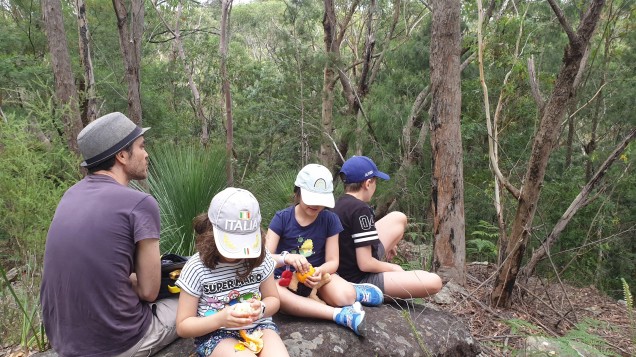 ar
ar
On this day, she decided to wear her school uniform even though she was going to be at home
Be grateful
Yes, I have been anxious and worried. The thought of anyone in my family being taken away by the horrible virus is terrifying. The thought that this can go on for years and the economic impacts, social and emotional impacts on peopled including my children is horrible. Still, every day there is something to be grateful for. Simply still breathing and being here for me is a reason to celebrate. So every night at the dinner table, my family and I talk about what we’re grateful for. It’s a really important part of finding something positive and a silver lining even in the most terrible circumstances.
On this day, she decided to wear her school uniform even though she was going to be at home
Nightly dance off
Another fun thing we’ve instituted in my family is a nightly dance off. We put on a happy and upbeat song and dance around. No matter how angry, emotional or terrible a day we may have feel like we’ve had. The act of coming together and dancing lifts our moods. I really recommended it. We even take turns choosing the song. Through this I’ve introduced my kids to a bit of 90’s hip hop, Madonna (early Madonna) and Stevie Wonder.
Be kind
I have a few old folk in my neighbourhood. My youngest daughter decided to write them cards and drop it in their letterbox. Hoe lovely it was to receive a reply and in one case some goodies as a thank you. I know they’re appreciated knowing that we’re looking out for them and it’s a good thing to teach to be kind to those that are vulnerable and may need help. If you can reach out to someone please do. Here are also some organisations that can help you connect with someone in need:
We really are in this together.
